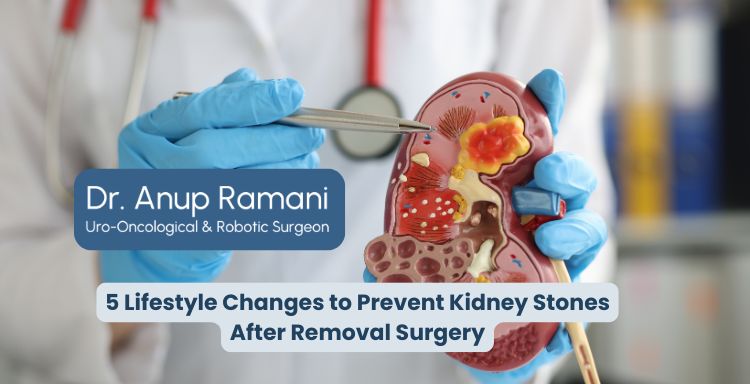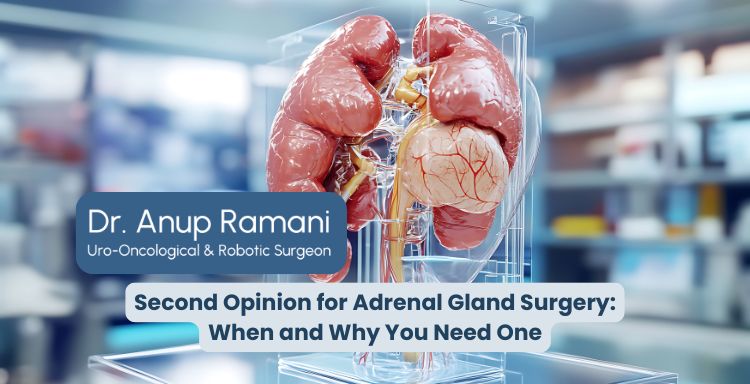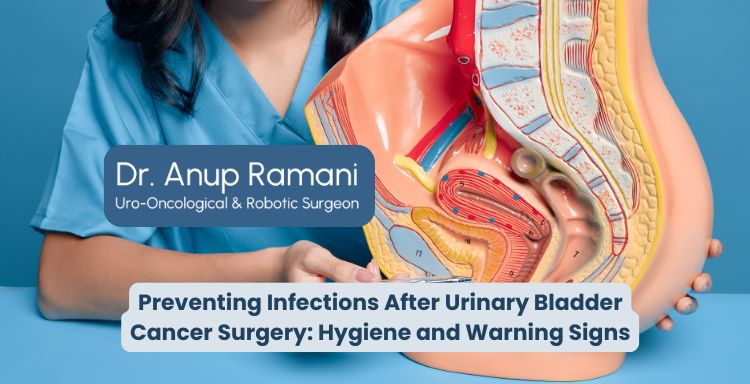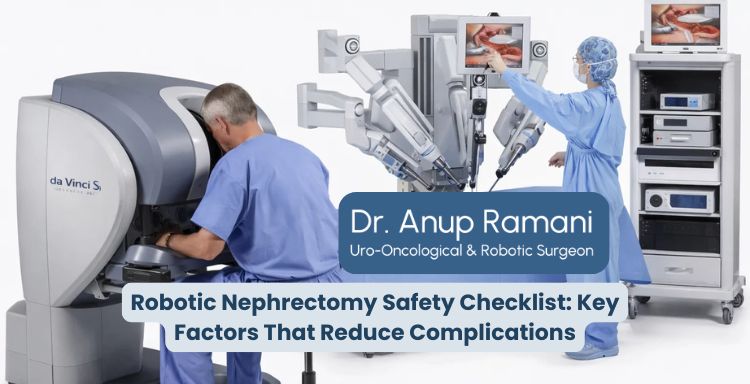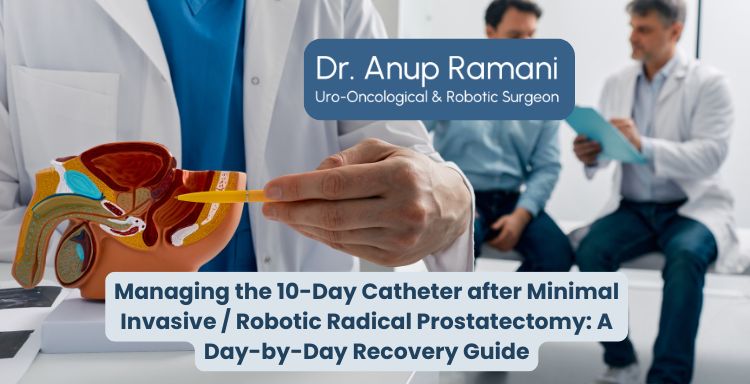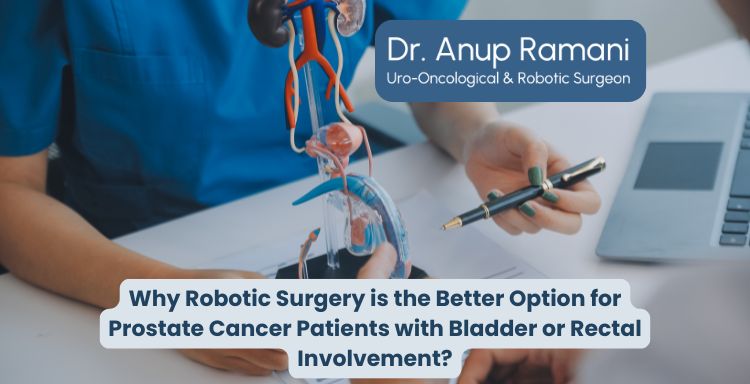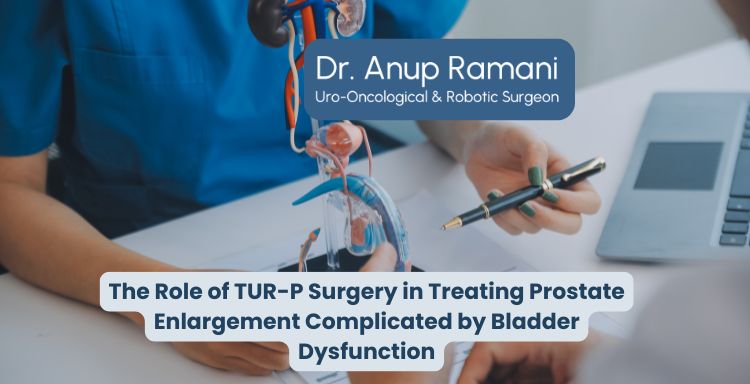Objective: A cancer diagnosis affecting the reproductive organs carries a heavy psychological burden, often compounded by silence and misinformation. When facing a diagnosis of penile cancer, patients...
Objective: To provide a comprehensive, SEO-friendly guide on the post-operative diet for Transurethral Resection of the Prostate (TURP), specifically focusing on food and drink choices that prevent...
Lifestyle Changes to Prevent Kidney Stones After Removal Your goal after stone treatment is simple: support healing, reduce the chances of stones forming again and make everyday habits work in your...
Objective: Making a decision about adrenal gland surgery is significant and often complex. This article aims to guide you through the importance of seeking a second opinion before proceeding with...
Navigating Recovery: A Guide to Infection Prevention and Care Recovering from major medical procedures requires a comprehensive approach to health, focusing not just on the healing of incisions but on...
Ensuring Patient Safety in Advanced Renal Care: The Robotic Nephrectomy Checklist The primary goal of modern oncological surgery is to maximize cancer control while minimizing potential harm to the...
Objective: To provide a comprehensive, non-technical and supportive day-by-day guide for patients managing a urinary catheter at home following robotic radical prostatectomy, focusing on hygiene...
Objective Prostate cancer surgery can be particularly challenging for patients with bladder or rectal involvement. Robotic surgery offers numerous advantages over traditional surgical methods...
Objective Prostate enlargement, medically known as Benign Prostatic Hyperplasia (BPH), is a common condition in older men and often leads to bladder dysfunction. When both issues occur together, they...



